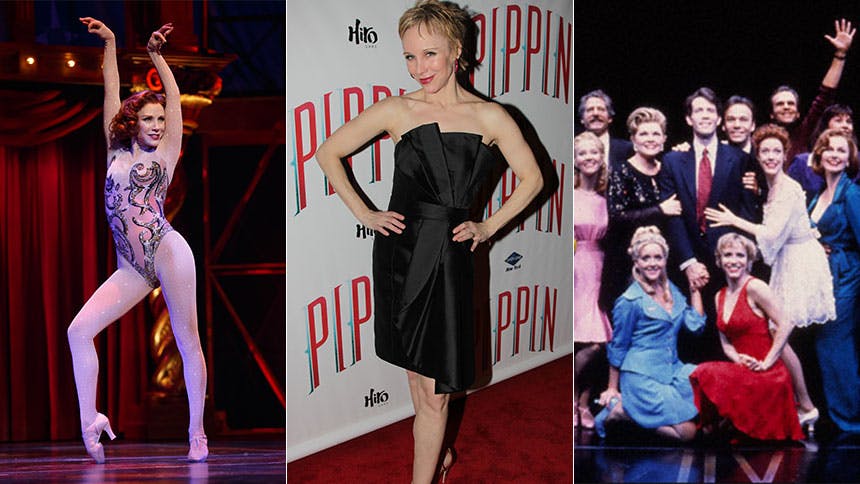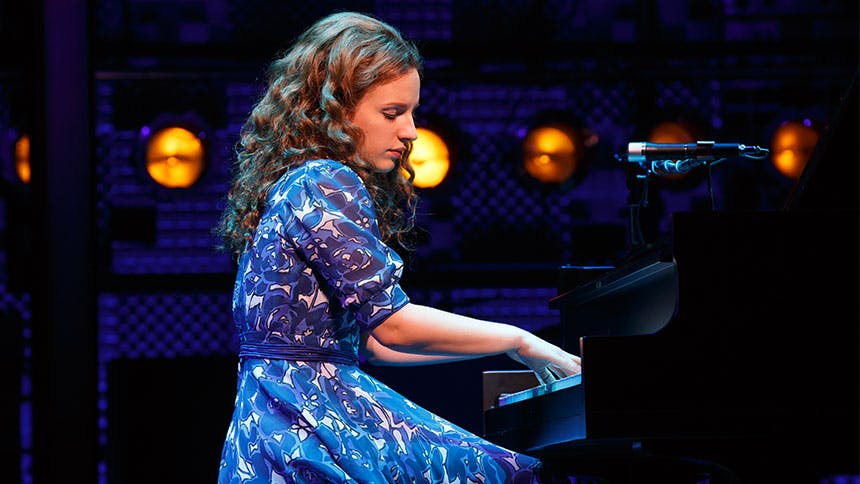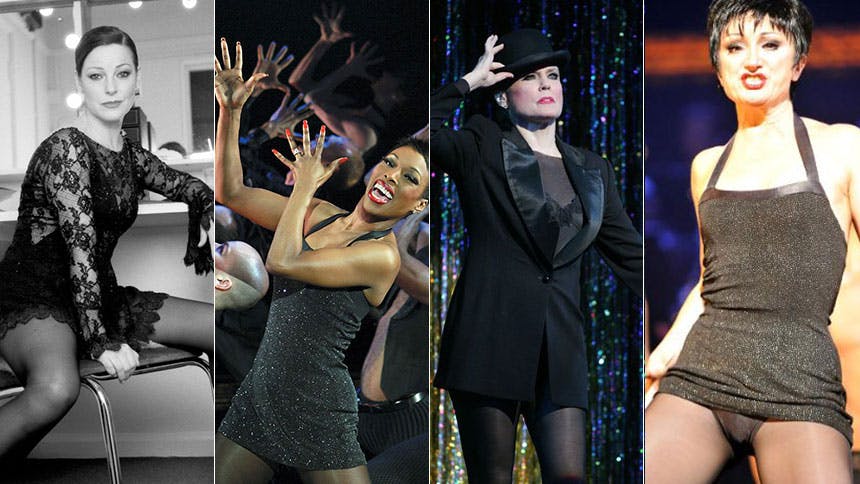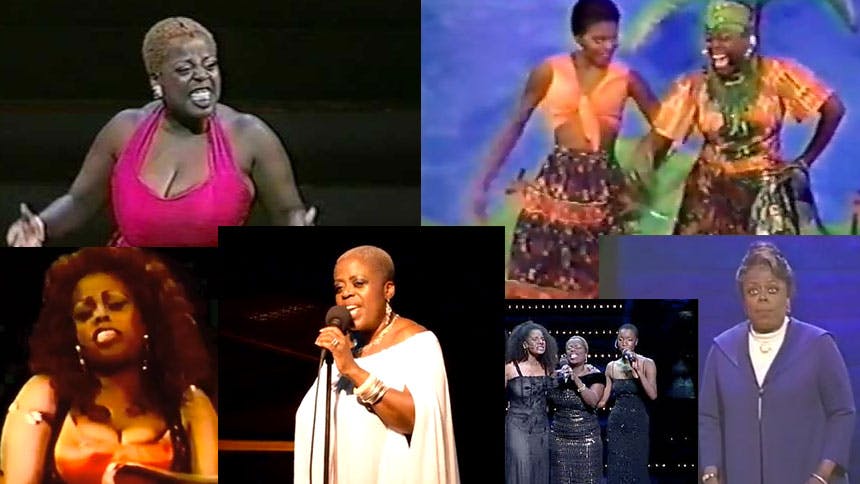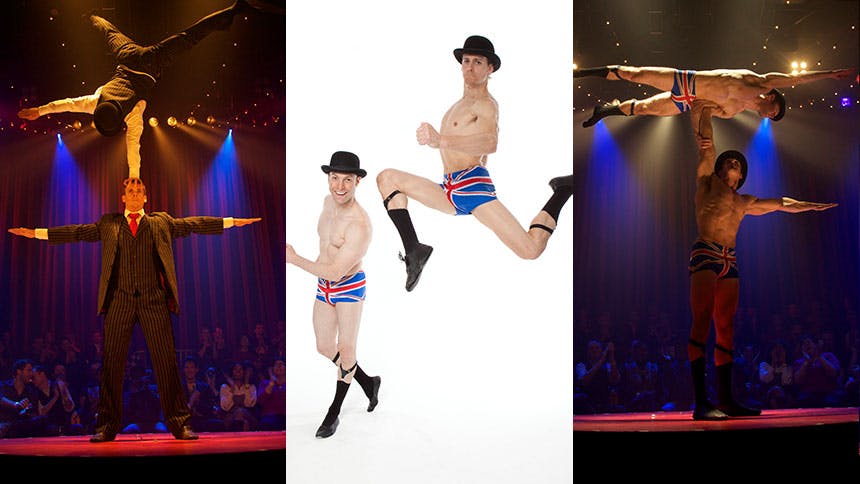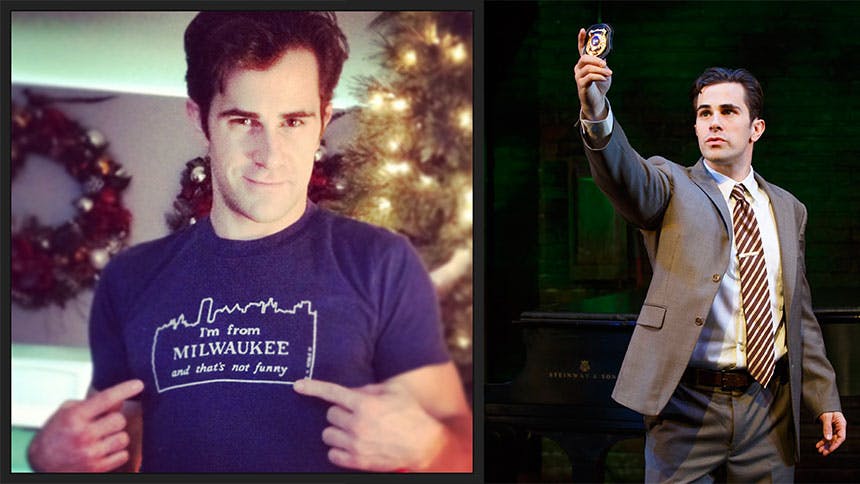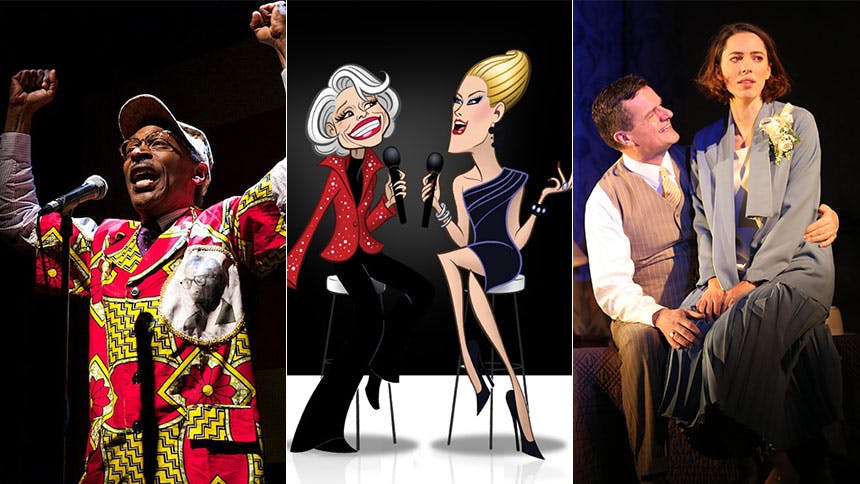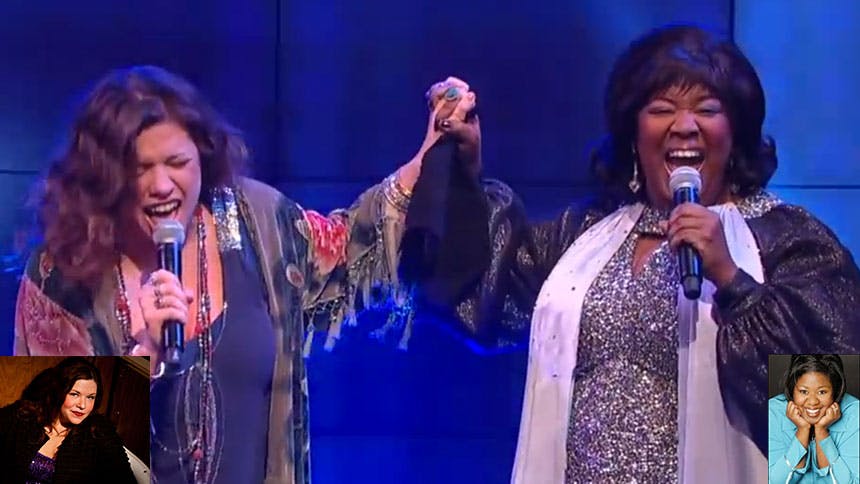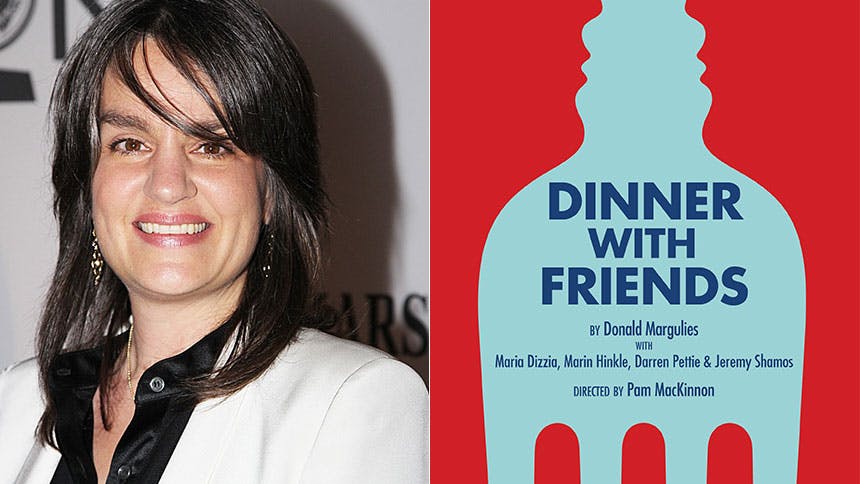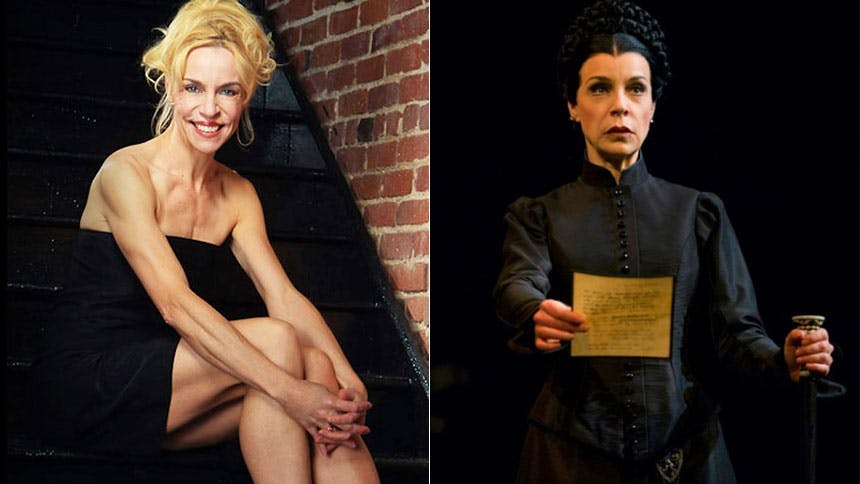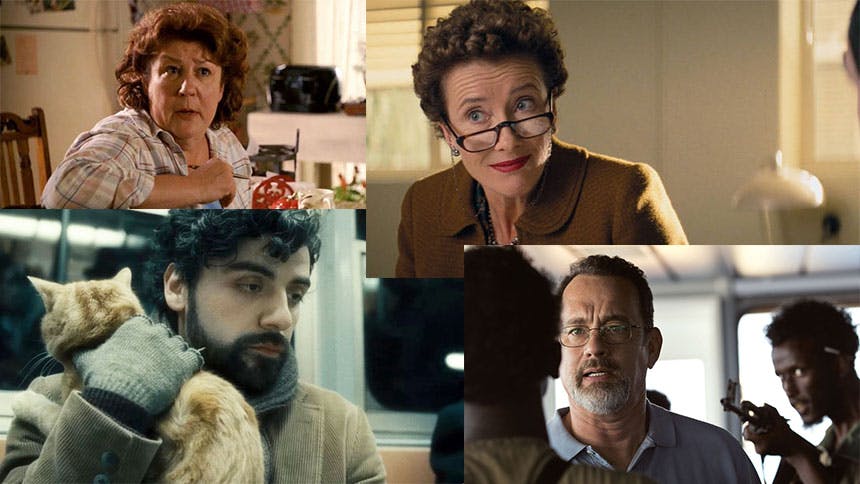Two-time Tony nominee Charlotte d’Amboise is tearing up the floor at the Music Box Theatre as the sexy and manipulate queen, Fastrada, in the Tony-winning production of Pippin. The role, her fourth leading lady in a Bob Fosse musical, earned d’Amboise a third Astaire Award, which recognizes outstanding achievement in dance on Broadway. Get a flavor of her illustrious Broadway career in the clips below.
After featured roles in Cats, Carrie and Song and Dance, d’Amboise nabbed her first Tony nominated in 1989 for Jerome Robbins’ Broadway (She’s Peter Pan and Anita in the clip below).
She went on to appear in Damn Yankees, Sweet Charity and Contact, but it’s her time as Roxie Hart in Chicago that was truly remarkable. d’Amboise played the role for 12 runs from 1999 to 2012.
Then in 2007, d’Amboise earned her second Tony nomination for her incendiary performance as Cassie in the first Broadway revival of A Chorus Line.
BroadwayBox caught up with d’Amboise to ask her about the role that changed her life and her career—her game changer. Check out the star’s surprising answer below in our new feature simply called The Game Changer.
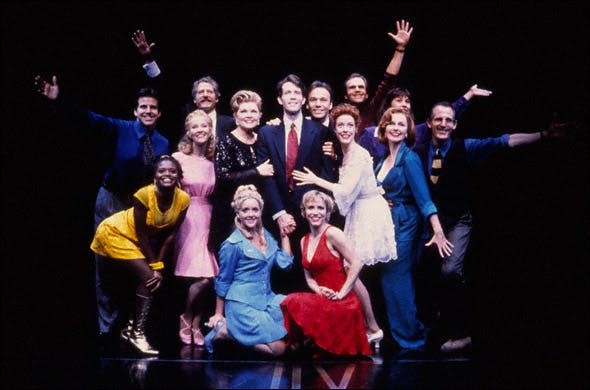
"The show was Company at the Roundabout Theatre. I used to be such a perfectionist growing up in the ballet world. Right at the beginning of Company, I learned my dance and I was really prepared for my part [Kathy], but I’ll never forget watching Debra Monk and Kate Burton in the process of learning and working with Stephen Sondheim and the company. They walked in prepared but not as prepared as I was—they were open vessels. I remember thinking, “Oh gosh, I can’t believe that they seem so raw!” Their choices weren’t firm or clear. Watching Deb Monk develop that role—in front of Sondheim—she just allowed the process of being bad, or good, or mediocre or moments of greatness. The confidence she had to trust her talents was something very new to me. She just took that rehearsal process and built on it and built on it and it became the most beautiful, unbelievable performance. That was such a turning point for me. It is when I rethought the way I approached my work. Now, my process is much more about coming into a rehearsal and finding it—know you can fall on your face and get back up. Even dance steps I don’t lock into completely—it’s a constant evolution. It has to be. Therefore, it never gets stale."
